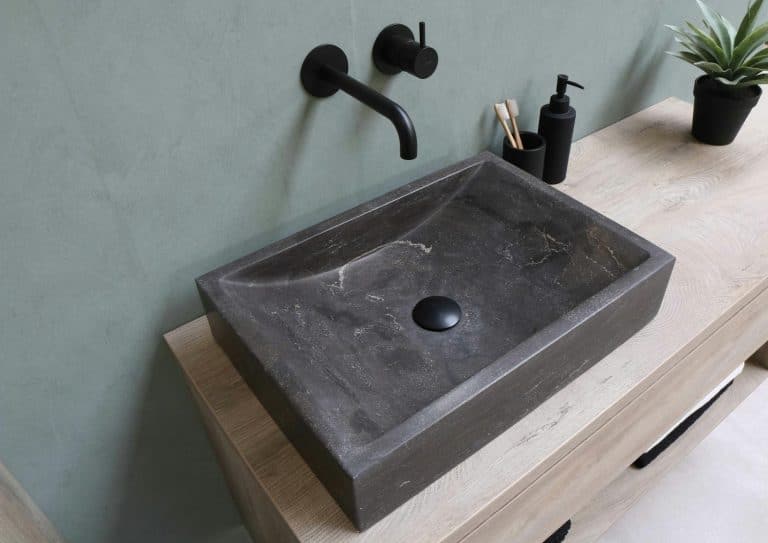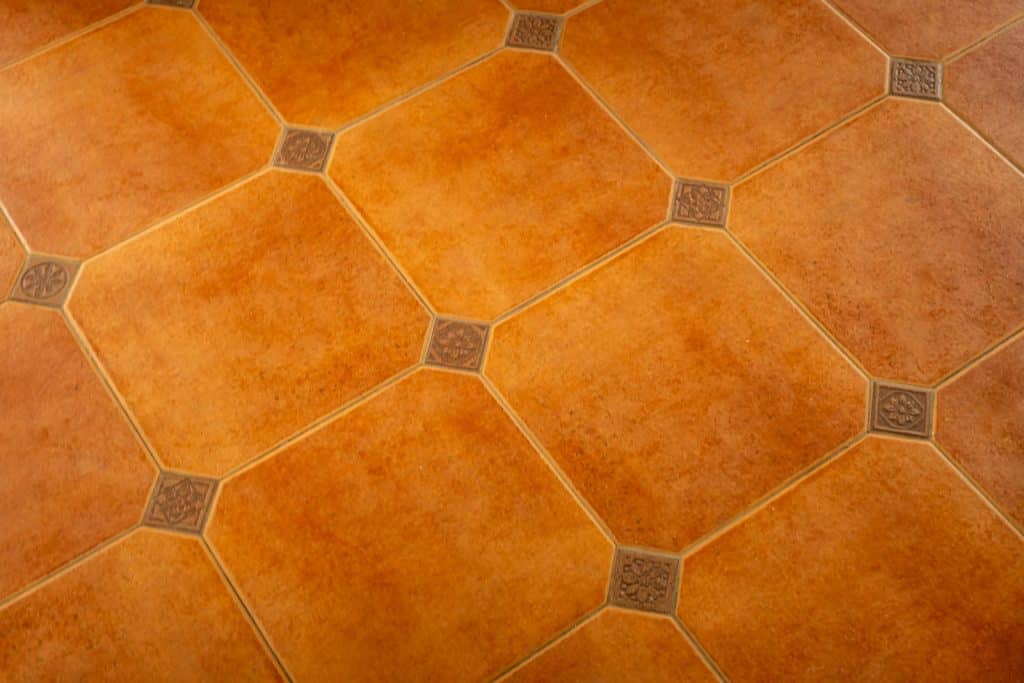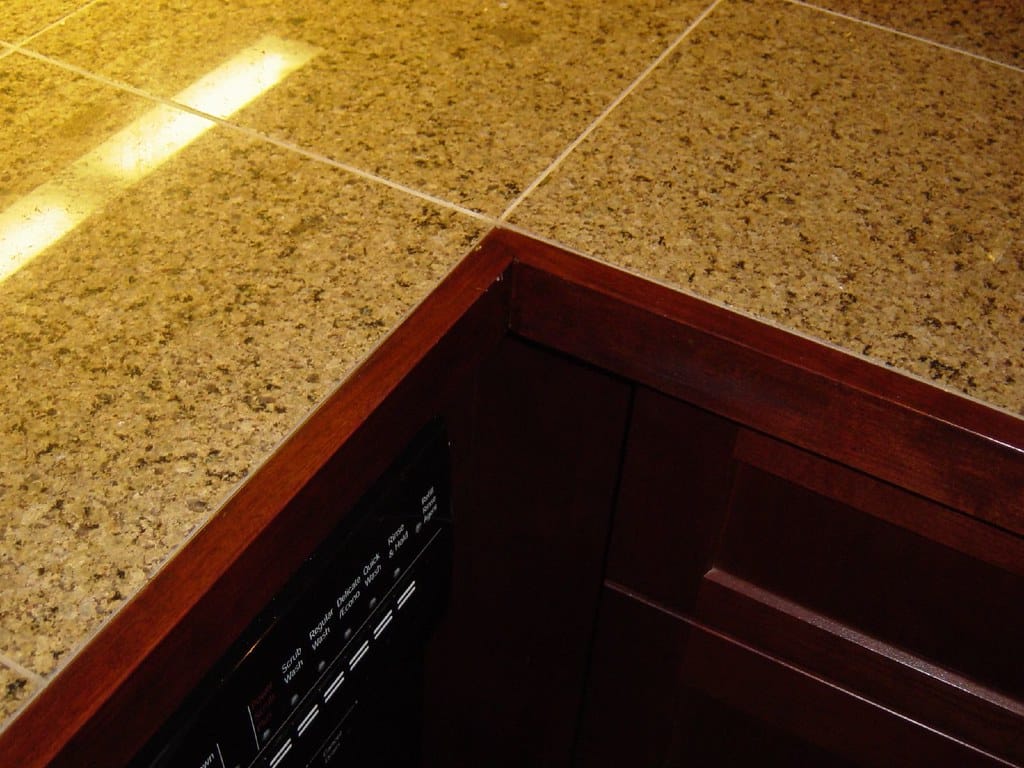Granite Sinks: The Ultimate Guide to Durability, Design, and Modern Functionality
Granite sinks have become a popular choice for contemporary kitchens, blending aesthetic appeal with unmatched durability. Crafted from a blend of quartz and resin, these sinks are engineered to withstand daily wear while enhancing the elegance of your space. In this detailed guide, we’ll dive into the features, advantages , helping you decide if they’re the right fit for your kitchen renovation.
What is a Granite Sink?
Granite sinks are a composite material made by combining up to 80% crushed quartz with high-quality resins. This mixture creates a non-porous surface resistant to stains, scratches, and thermal shocks. Unlike traditional stainless steel sinks, granite models offer a sleek, seamless design with natural sound-dampening properties, making them both practical and stylish.
Key benefits include:
- Stain & Heat Resistance: The non-porous surface prevents liquids and stains from penetrating, while the material can withstand hot pots and pans without damage.
- Hygienic Surface: The smooth finish inhibits bacteria growth, ideal for busy kitchens.
- Noise Reduction: Granite’s density minimizes clattering sounds from dishes, a significant upgrade over stainless steel.
- Customization: Available in single or double bowls and a wide range of colors, from classic black to metallic finishes.
Granite vs. Stainless Steel Sinks: Key Differences
While stainless steel sinks are affordable and lightweight, they fall short in several areas:
- Durability: Stainless steel is prone to scratches, dents, and water spots. Granite retains its finish even with heavy use.
- Maintenance: Granite sinks require minimal upkeep—no polishing or special cleaners. Stainless steel demands regular scrubbing to prevent streaks.
- Aesthetic Longevity: Granite’s color-stable surface won’t fade or yellow, whereas stainless steel can show wear over time.
- Noise Levels: Granite’s density absorbs sound, unlike the loud clanging associated with stainless steel.
Why Choose a Granite Sink?
- Long-Term Investment: With warranties often exceeding those of stainless steel models, granite sinks are built to last decades.
- Timeless Style: Available in neutral tones and modern colors, they complement both rustic and ultra-modern kitchens.
- Eco-Friendly: Many brands use recycled quartz, reducing environmental impact.
Installation Tips & Care Guide
Installation:
- Ensure your cabinetry can support the sink’s weight (granite sinks are heavier than stainless steel).
- Professional installation is recommended to prevent cracks and ensure proper sealing.
Maintenance:
- Clean with mild soap and water; avoid abrasive scrubbers.
- For stubborn stains, use a baking soda paste.
- Periodically check seals and fittings to prevent leaks.
Final Thoughts: Is a Granite Sink Right for You?
Granite sinks are ideal for homeowners seeking a blend of luxury, functionality, and low maintenance. While they come at a higher upfront cost than stainless steel, their durability and timeless appeal offer long-term value. Brands like Teka and Hansgrohe provide innovative designs tailored to diverse kitchen styles, from compact urban spaces to sprawling culinary hubs.
Have you recently upgraded to a granite sink? Share your experience in the comments below! Your insights could help others make informed decisions.







